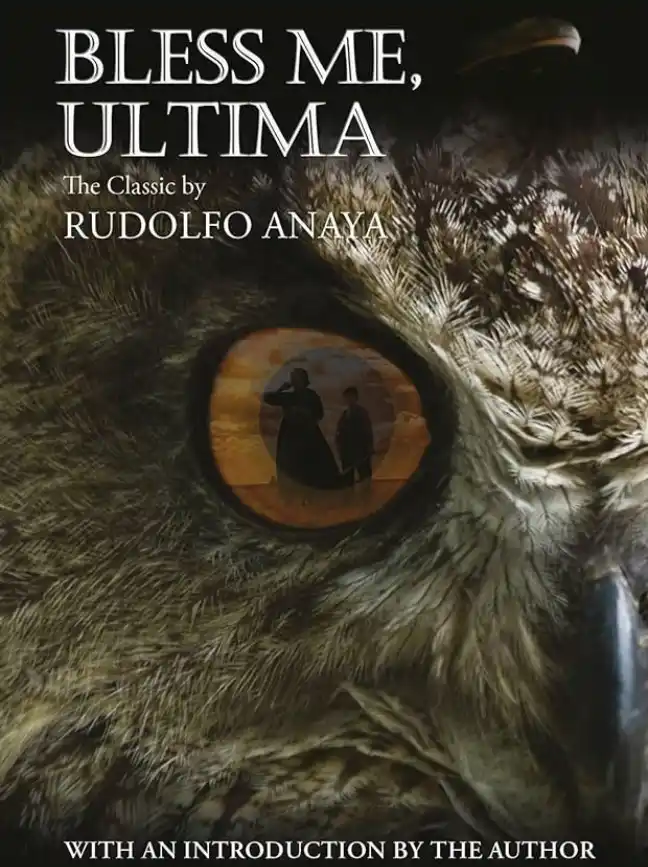There are many examples of animals coming to surprising living arrangements. All are instances of that animal equivalent of anthropomorphism: zoomorphism, where an animal takes a human being, or another animal, to be one of its kind.
The most famous case is also the most common: the pet dog, which has so assimilated humans into the realm of doghood as to want to mate with them, a fact that any dog owner who has had to pull an amorous dog from the leg of a mortified visitor will confirm.
Our golden agouti and spotted paca got along very well, contentedly huddling together and sleeping against each other until the first was stolen.
I have already mentioned our rhinoceros-and-goat herd, and the case of circus lions.
There are confirmed stories of drowning sailors being pushed up to the surface of the water and held there by dolphins, a characteristic way in which these marine mammals help each other.
A case is mentioned in the literature of a stoat and a rat living in a companion relationship, while other rats presented to the stoat were devoured by it in the typical way of stoats.
We had our own case of the freak suspension of the predator-prey relationship. We had a mouse that lived for several weeks with the vipers. While other mice dropped in the terrarium disappeared within two days, this little brown Methuselah built itself a nest, stored the grains we gave it in various hideaways and scampered about in plain sight of the snakes. We were amazed. We put up a sign to bring the mouse to the public’s attention. It finally met its end in a curious way: a young viper bit it. Was the viper unaware of the mouse’s special status? Unsocialized to it, perhaps? Whatever the case, the mouse was bitten by a young viper but devoured—and immediately—by an adult. If there was a spell, it was broken by the young one. Things returned to normal after that. All mice disappeared down the vipers’ gullets at the usual rate.
In the trade, dogs are sometimes used as foster mothers for lion cubs. Though the cubs grow to become larger than their caregiver, and far more
dangerous, they never give their mother trouble and she never loses her placid behaviour or her sense of authority over her litter. Signs have to be put up to explain to the public that the dog is not live food left for the lions (just as we had to put up a sign pointing out that rhinoceros are herbivores and do not eat goats).
What could be the explanation for zoomorphism? Can’t a rhinoceros distinguish big from small, tough hide from soft fur? Isn’t it plain to a dolphin what a dolphin is like? I believe the answer lies in something I mentioned earlier, that measure of madness that moves life in strange but saving ways.
The golden agouti, like the rhinoceros, was in need of companionship. The circus lions don’t care to know that their leader is a weakling human; the fiction guarantees their social well-being and staves off violent anarchy. As for the lion cubs, they would positively keel over with fright if they knew their mother was a dog, for that would mean they were motherless, the absolute worst condition imaginable for any young, warm-blooded life. I’m sure even the adult viper, as it swallowed the mouse, must have felt somewhere in its undeveloped mind a twinge of regret, a feeling that something greater was just missed, an imaginative leap away from the lonely, crude reality of a reptile.








